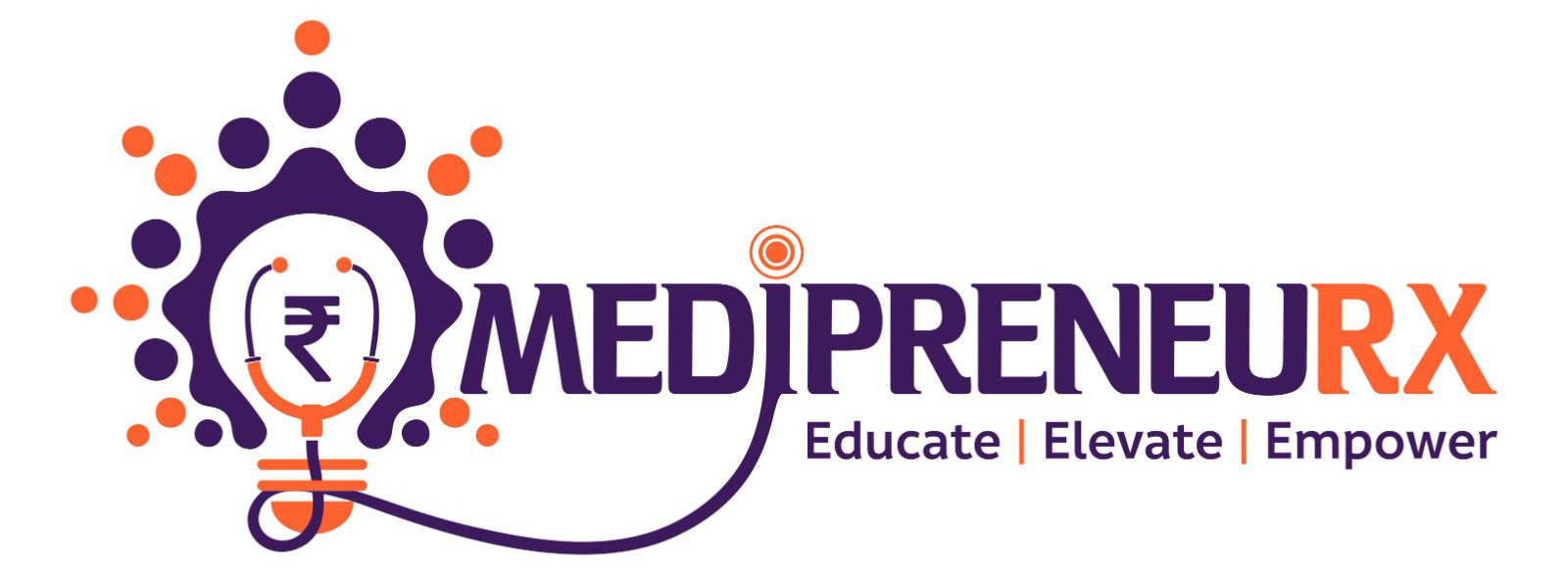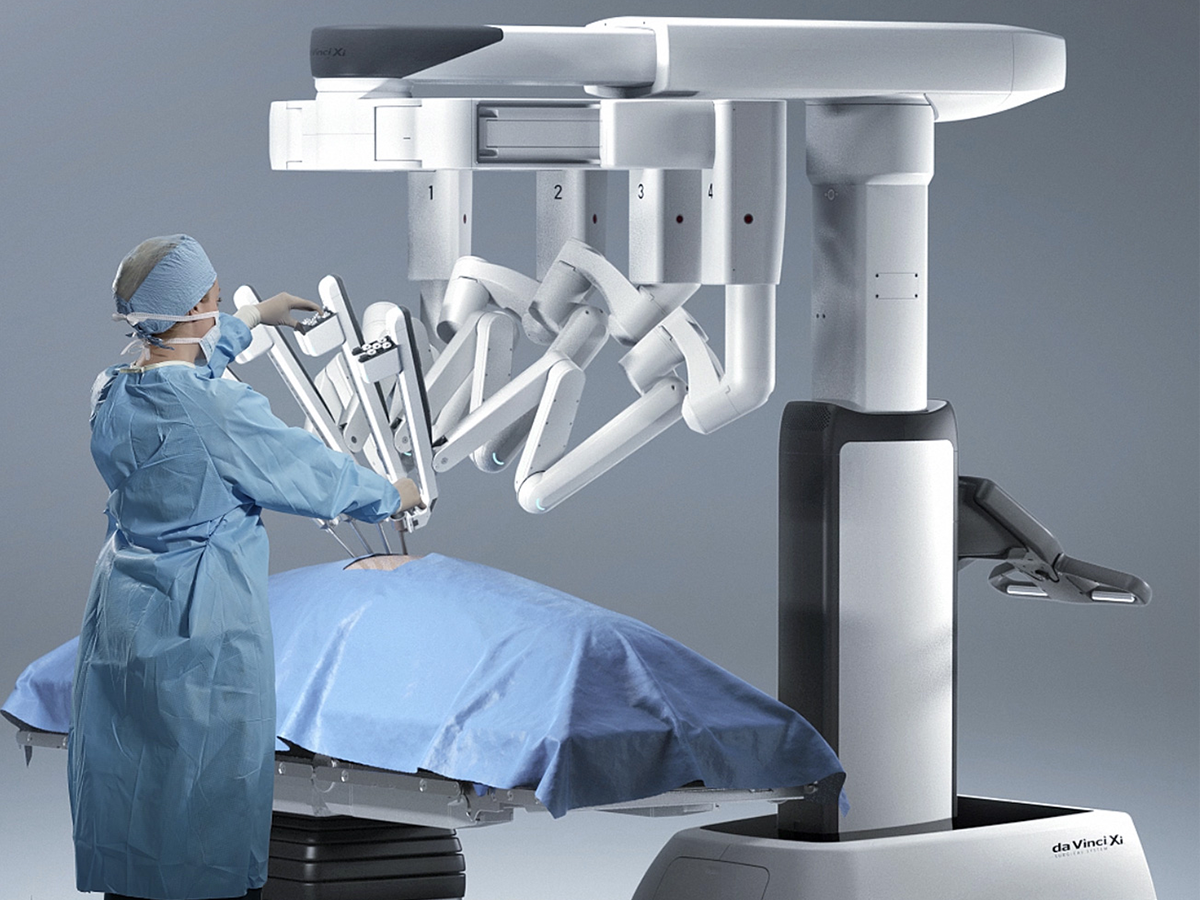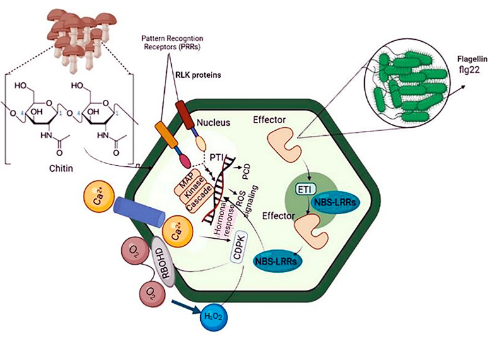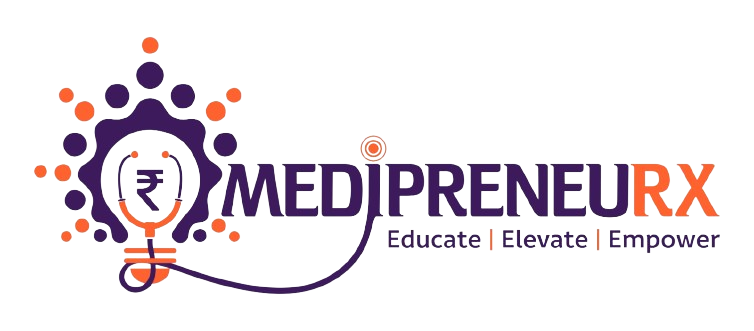Effective communication is not just a desired ability in healthcare settings, but it is also an essential requirement that can have a big impact on patient outcomes, safety, satisfaction, and overall care quality. In the healthcare industry, written communication, non-verbal communication, verbal communication, and formal communication are the four primary forms of communication. Every category is essential to maintaining accurate and transparent communication of information between medical staff, patients, and their families.
Verbal Communication: Using spoken words, verbal communication is crucial for discussing treatment plans, resolving patient concerns, and transmitting information. Face-to-face interactions, phone calls, and video calls are all included. In the medical field, vocal clarity, tone, and pitch are just as crucial as the words themselves. Even under difficult circumstances, healthcare personnel need to keep a polite and professional manner to guarantee clear verbal communication.
Non-Verbal Communication: This type of communication includes posture, gestures, facial expressions, and body language. It is important in interactions between patients and providers because it can communicate understanding, confidence, reassurance, and empathy. Good nonverbal cues can reduce anxiety in patients and improve rapport and trust between patients and healthcare providers. On the other hand, unfavorable facial expressions or body language might impede clear communication and affect how a patient feels.
Written Communication: Written communication is the exchange of information using written documents, including prescriptions, emails, letters of recommendation, medical records, and documentation. To prevent miscommunication, mistakes, and confusion, written communication must be precise and unambiguous. Healthcare providers need to make sure that any written correspondence they send is clear, comprehensive, and easy for patients, coworkers, and other stakeholders in the healthcare system to understand.
Formal Communication: In the context of healthcare, formal communication refers to official, structured channels of communication. Professional conversations, patient consultations, official documentation, and medical reports are all included in this. Formal communication frequently calls for the use of language that is understandable to all parties involved and the avoidance of medical jargon. It encourages treatment plans and medical information to be communicated with precision, openness, and clarity.
Effective Communication Is Essential in Healthcare: Comprehending Patient Needs Healthcare personnel can better comprehend the physical, emotional, and cultural needs of their patients when they communicate effectively. Active listening, empathy, and consideration for the needs and preferences of the patient are all necessary. In order to provide patient-centered treatment and guarantee patient satisfaction, this knowledge is essential.
Monitoring Modifications to Care: Effective communication is necessary to convey modifications to treatment regimens, prescription drugs, operating techniques, or care guidelines. It promotes patient safety and continuity of care by assisting in the prevention of mistakes, delays, and misunderstandings.
Synergy and cooperation: Among healthcare workers, effective communication promotes synergy, cooperation, and teamwork. It encourages a unified approach to patient care, lessens effort duplication, and boosts the effectiveness of healthcare delivery.
Developing Trust and Satisfaction: Creating a trusting environment through skillful communication raises patient satisfaction, lowers anxiety, and increases overall experiences receiving healthcare. Better results and treatment adherence are more likely among patients who feel understood, educated, and active in their care.
Extra Advantages of Good Communication
Individual Relationships: Developing close relationships with patients and staff humanizes healthcare exchanges, encourages trust, and advances compassionate care.
Cultural Awareness: By fostering effective communication, medical staff members may better comprehend and honor the varied cultural backgrounds, customs, and beliefs of their patients, providing more culturally competent treatment.
Improved Patient Satisfaction: Healthcare providers can lower complaints, increase readmissions, and improve patient satisfaction by exhibiting empathy, active listening, and clear communication.
Strategies to Enhance Interaction:Healthcare workers may want to think about implementing the following tactics to enhance their communication abilities:
Active Listening: To show understanding and participation, use active listening strategies including keeping eye contact, nodding, and paraphrasing.
Empathy: Develop empathy by posing open-ended inquiries, being genuinely concerned, lending support, and refraining from passing judgment.
Taking Notes: Keep thorough notes during your encounters with patients in order to record pertinent details, prevent memory lapses, and promote continuity of care.
Communicate with patients and their families in a straightforward, clear, and transparent manner whether providing information or talking about delicate subjects. Honesty should be balanced with empathy and comprehension.
Ongoing Education: To improve communication abilities, enroll in online classes or training programs that emphasize cultural sensitivity, patient-centered care, and communication skills.
Healthcare practitioners may foster a patient-centric atmosphere, enhance patient outcomes, and contribute to a pleasant healthcare experience for all parties involved by placing a high priority on effective communication and implementing proactive measures for improvement.








